Back traction is also called spinal traction which is a form of decompression therapy that helps you to ease pain in the spine. The therapy can either be performed manually or mechanically. Those who are suffering from lower back pain want nothing more than relief from this pesky pain. Though many of us feel great after visiting our physiotherapist or chiropractor however the relief might not last for a longer time.
Spinal decompression is an advanced treatment with many benefits for patients suffering from lower back pain. Unfortunately, the majority of us might not have a spinal decompression table at home as they could be quite expensive and need healthcare providers to operate.
What Does Traction (Decompression) Do to Your Back?
As stated, spinal decompression can be done in 2 ways either manually or mechanically. Spinal decompression therapy works by stretching the spine gently that helps in changing the force and position of the spine. Spinal decompression works on helping you to get rid of the pressure on your joints and nerves.
The studies say that over time, negative pressure experiences from this therapy might cause bulging or herniated disks to retract.
This allows nerves and other structures of your spine to take off the pressure. This, in turn, helps allow the circulation of water, oxygen, and nutrient-rich fluids into the disks so they can heal.
This improved circulation will have an indirect benefit of decreasing chemicals in damaged tissues brought about by inflammation.
Who Can Benefit from Home Back Traction?
This spinal decompression therapy can be used for the treatment of the following indications:
- Sciatica
- Herniated (degenerative disc disease)
- Bulging disc
- Diseased spinal nerve roots
- Muscle spasm at the neck and low back
Can Back Traction Hurt Your Back?
All though back traction just involves proper and focused stretching, sometimes it might go wrong and might cause more damage if one fails to take proper caution while performing it, and needs accurate information on which device to use.
The following are the main things that need to be taken care of before you perform back traction at home.
- One must make sure to consult the physician before performing any sort of back traction at home.
- One must stop there and then itself if any sort of pain or discomfort is noticed.
- If you are suffering from the following conditions, you should not perform back traction: Unstable spine, tumor, fracture, abdominal aortic aneurysm, advanced osteoarthritis, severe spondylolisthesis, fresh disc surgery, and metal implants on the spine.
- If you are using a back stretcher machine, it is important to align the spine first. The spine should not be twisted while performing traction.
Some simple exercises and stretches
Here are a few exercises that could be performed at home to lower your back pain.
1. Bar hang-ups
This is a very easy exercise and all you need is a pull-up or chin-up bar. This exercise helps to reap the benefits of spinal decompression. By performing this exercise it will help you in decompressing your spine and help you to get rid of its symptoms.
- Look for a bar such as a pull-up or a chin-up bar, or a bar which is extremely sturdy.
- Hold the bar and permit your body to hold on to that.
- Increase the amount of weight that is hanging by relaxing your muscles depending on your comforts.
- Try to hold the position for 10-30 seconds depending on your comfort levels.
- Leave the bar and put your feet on the floor.
- Make sure you perform 4-6 repetitions and do not forget to take a break of about a minute in between each repetition.
- You should perform this exercise 2-3x/day.
2. Overhead stretches
This exercise does not require any sort of equipment. Follow the below instruction to perform easy and effective exercise.
- Stand on the flat and level surface together with your legs shoulder-width apart.
- Take both of your arms above your head and then interlace your fingers.
- Now along with your fingers interlaced and elbows straight, try and attempt to reach up and touch the ceiling.
- Sticking with the position for 10-30 seconds supported your comfort levels.
- Repeat the exercise as needed throughout the day.
3. Prayer Stretch
This exercise is also known as child pose and is performed on the floor.
- Sit on the floor on all fours down.
- While on your knees, let your glutes touch your feet.
- Now bend your hip and reach forward.
- Stretch as much as you can. The more you can reach the more you will feel this stretch (Make sure to not stretch so much that it hurts).
- Hold the position for about 10-30 seconds based on your comfort levels.
- Get back up on your knees and repeat the exercise after a break of a minute.
- Perform the exercise 2-3 x/day.
Read the infographic below.


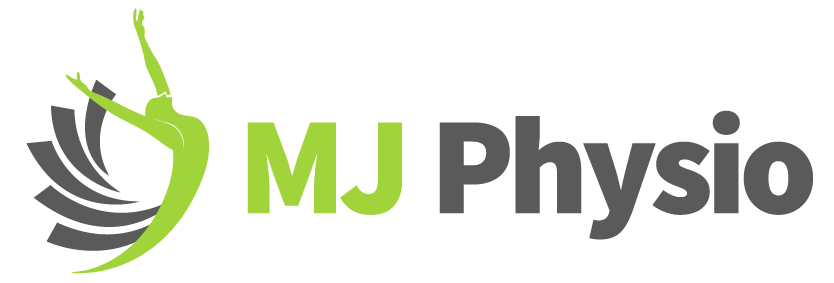
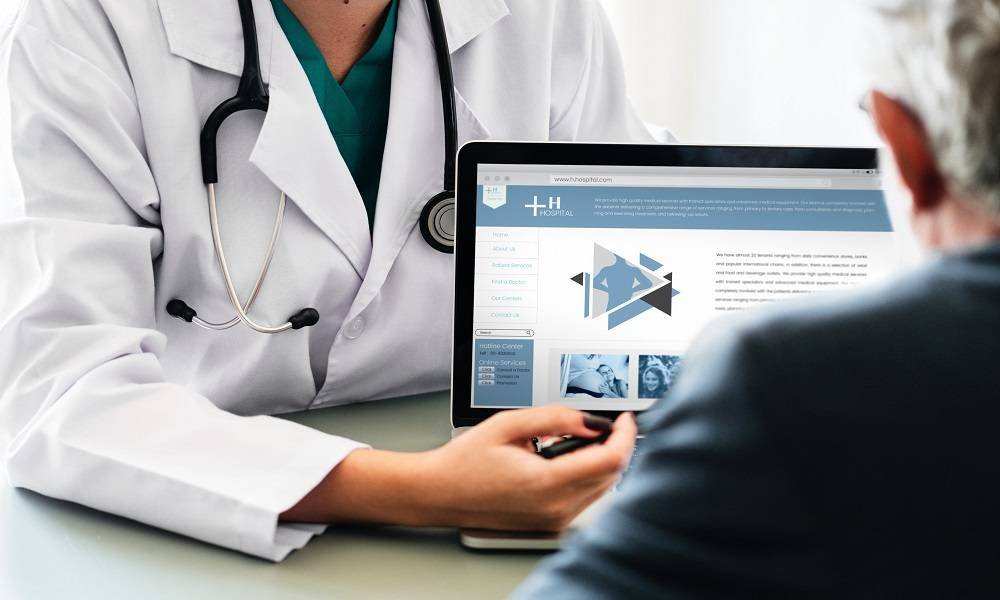
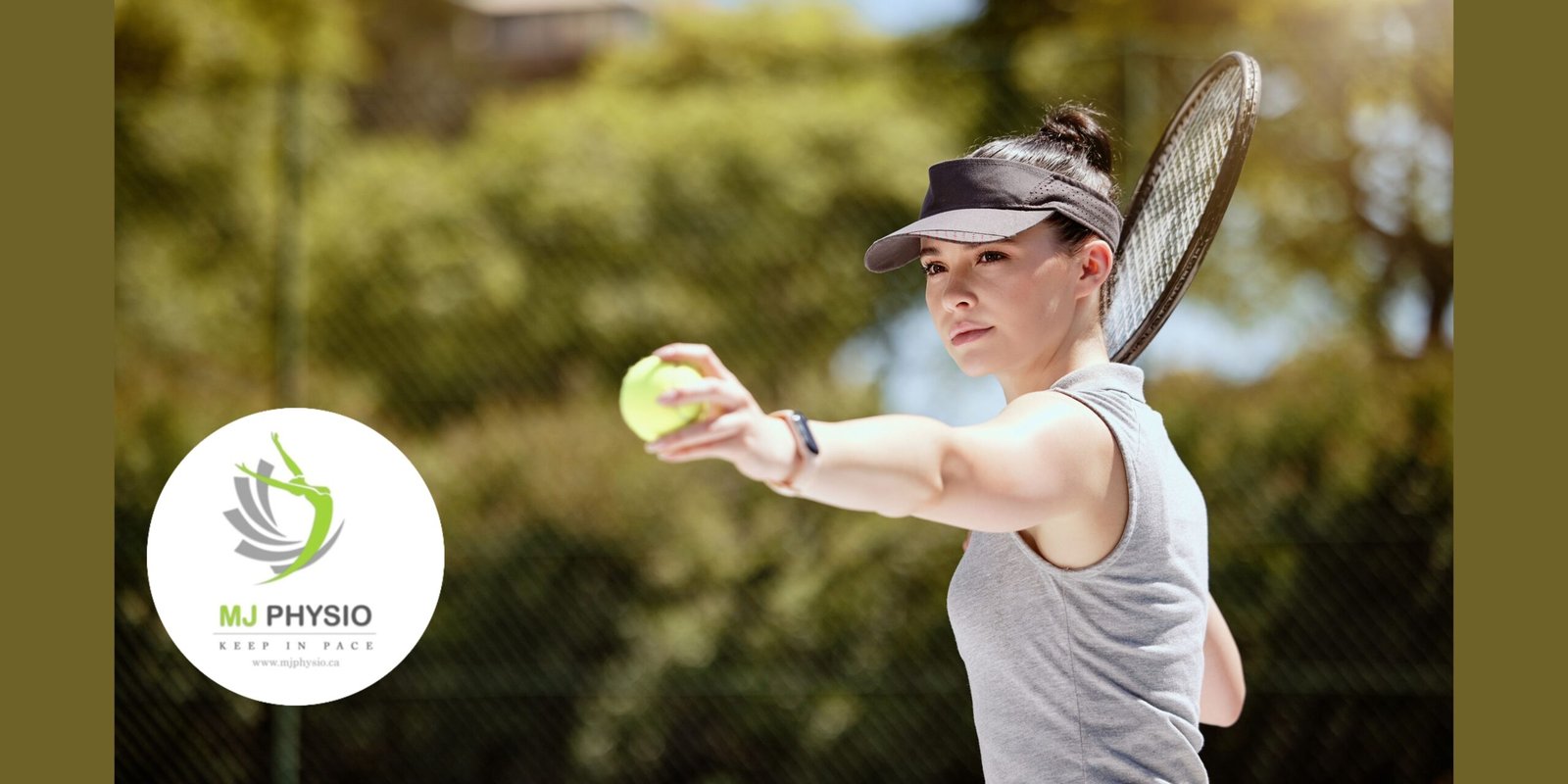
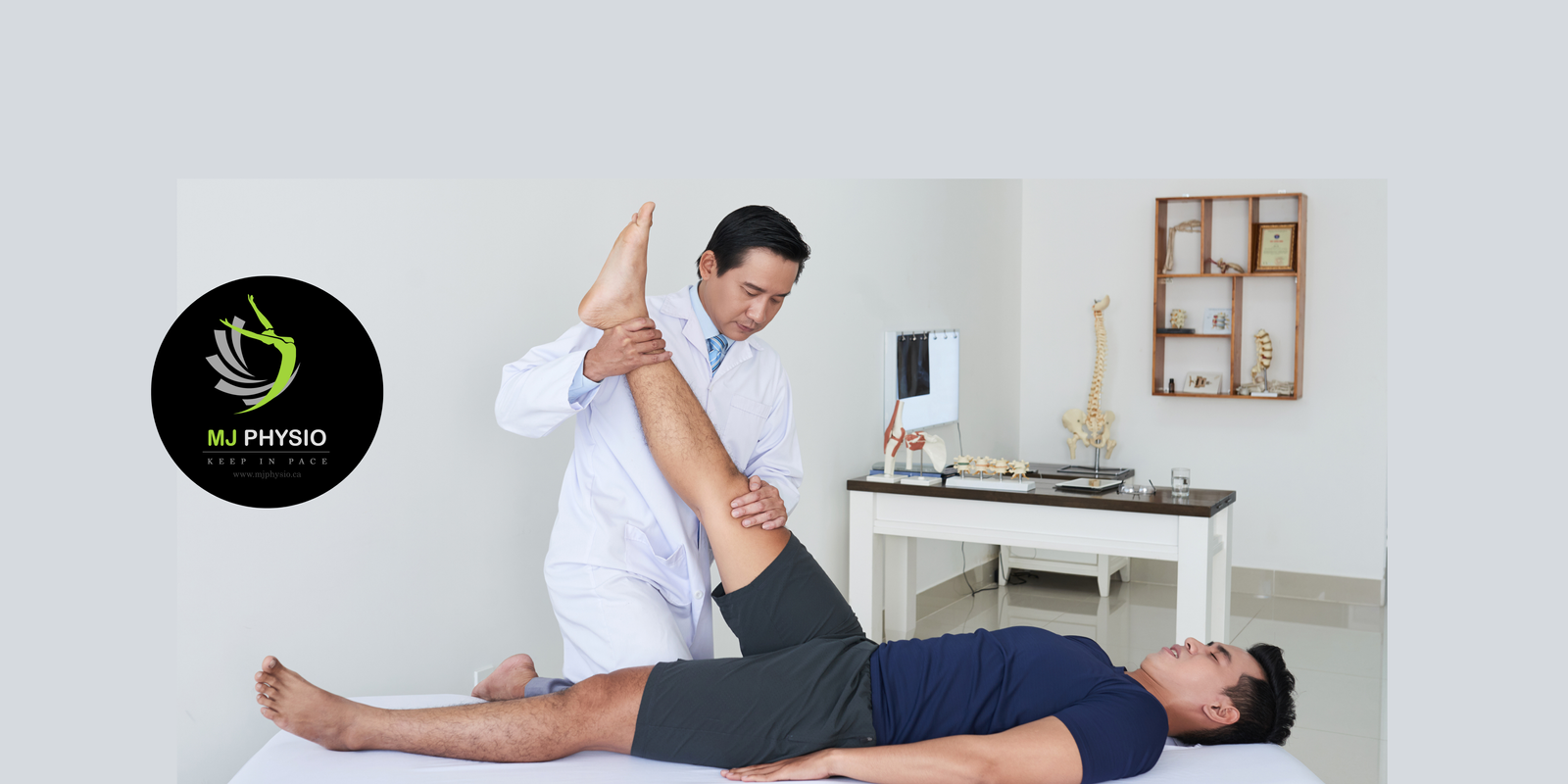
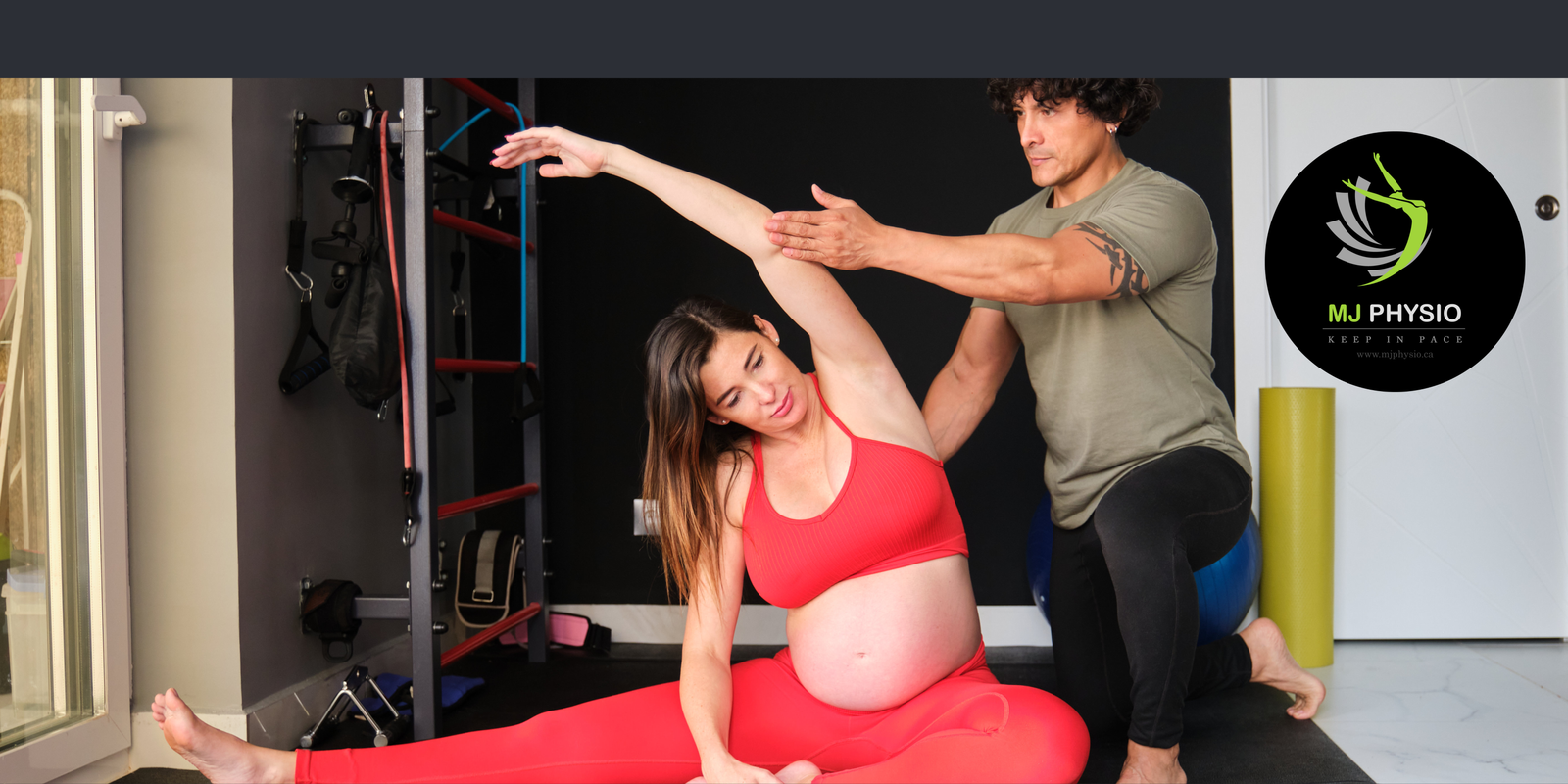
Post Comments